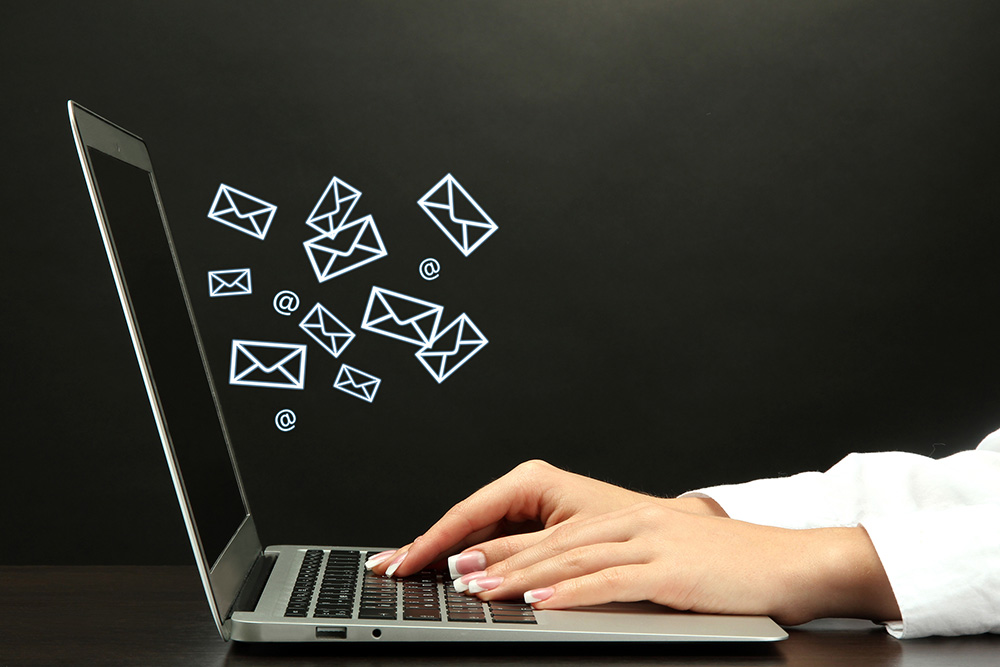Be realistic relative to the size of your list
If you have a 100 or 200-person list, do not set a goal for a million dollars in sales. Unless you are selling something that costs thousands of dollars, it is unlikely for you to meet such a lofty goal. Remember that your conversion rate from this list might be a low as 2% to 5% of the total, so make your goals achievable to avoid discouraging yourself. Also, realize that the bigger the list, the lower your conversion rate is likely to be. A larger list means that some of the customers are likely not your ideal, target customer and might never open or be interested in what you are marketing.
Avoid nebulous goals that are hard to measure
If your goal for your email marketing campaign is to increase the presence or market share of your business, that is great. But how do you measure that? Is it the number of sales? The amount of social media engagement? Likely your real goal is to increase a bit of everything: sales, traffic, social media likes, word of mouth. A goal this big and difficult to measure can be a bad thing.
If you make more sales, you will assume it is because of campaign but it will be difficult to see a direct relationship since that is not what you are focused on quantifying. A better approach is to identify what would benefit your business the most and then custom tailor your campaign towards that goal and that goal only.
If you are focusing on social media and not sales, then don't send them to your sales funnel in the email. Establish a base line of where you are before the campaign, research what you think you might achieve, and then follow that progress throughout and at the end. This clarity and precision of data will help you with future campaigns and strategies rather than just giving a slight business bump that could be from anywhere.
Consider A/B testing
A/B testing is a common technique for marketers. Mostly used in advertising or lead pages, the idea is that two different pages are shown to customers, randomly, to determine which one converts the best. You can harness this technique for your email campaign as well.
Instead of sending the same email to everyone on your list, you could have one for customers less than a year old and a different one for everyone else. It is likely that customers that have been on your list for a while have already seen or purchased your previous product, so their email could focus only on your new stuff.
The email to newer customers could have the new product but also allude to the other great offerings you have which can increase engagement and open rates of your emails. The more information you (hopefully) collected on your customers about their preferences and what they bought will allow you to do all sorts of other A/B testing based on your brand.






 RSS Feed
RSS Feed
